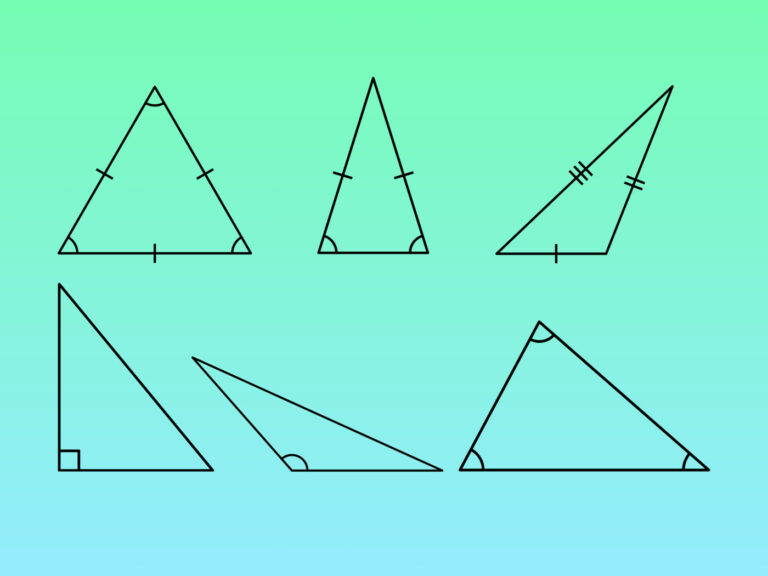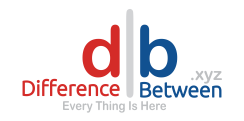/
Fixed and variable costs: what they are, what they are, differences and examples

Fixed and variable costs are the cash outlays that a company has to make to ensure its operation. The difference between fixed and variable costs is that fixed costs are generated on a regular basis and do not depend on…
Primary, secondary and tertiary sectors: characteristics and examples

The primary, secondary and tertiary sectors are the main categories of economic activities in a country. The primary sector encompasses activities related to obtaining natural resources, such as agriculture and fishing. The secondary sector or industrial sector is in charge…
Organic and inorganic compounds: differences, characteristics and examples

A organic compound is any compound that has carbon as its base. Its bonds are covalent, carbon to carbon, or carbon to hydrogen. It is synthesized mainly by living beings, however, it can also be synthesized artificially. Compounds of this…
Natural law and legal positivism: what they are and their differences

Iusnaturalism is a current of thought based on the idea that rights and norms have a natural origin and are inherent to human beings. Iuspositivism is a current of thought based on the separation between morality and law. From this…
Circle and circumference: what they are, parts and differences

A circle is a geometric figure plane figure formed by all the points that are at a distance less than or equal to a fixed value (called radius) with respect to a central point (called center). That is, includes both…
Equilateral, isosceles and scalene triangles: what are they and other types?

The types of triangles are differ by the size of their sides and by the measure of their internal angles.. Recall that the triangle is a polygon with three sides, connected by its three vertices that form three angles. Types…
